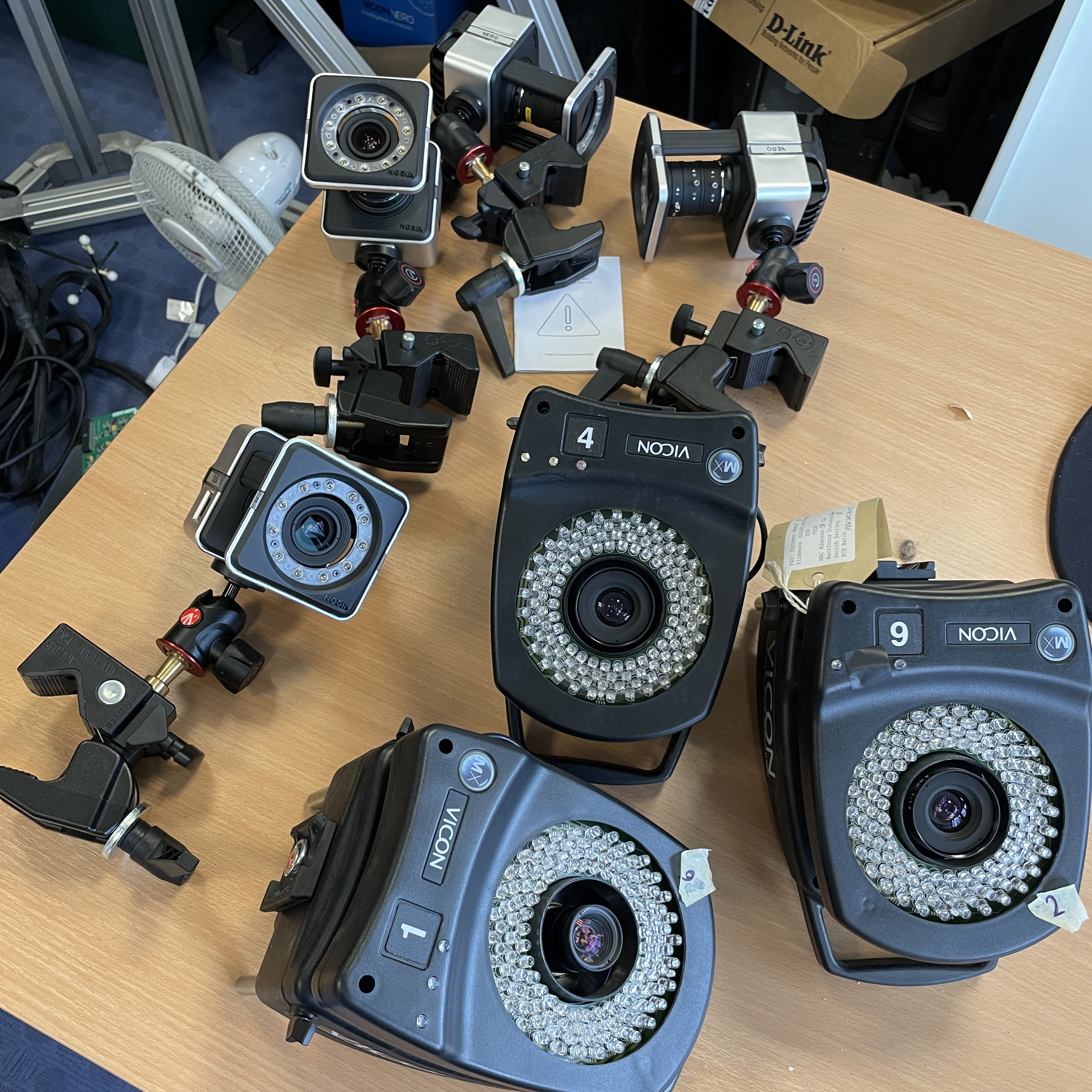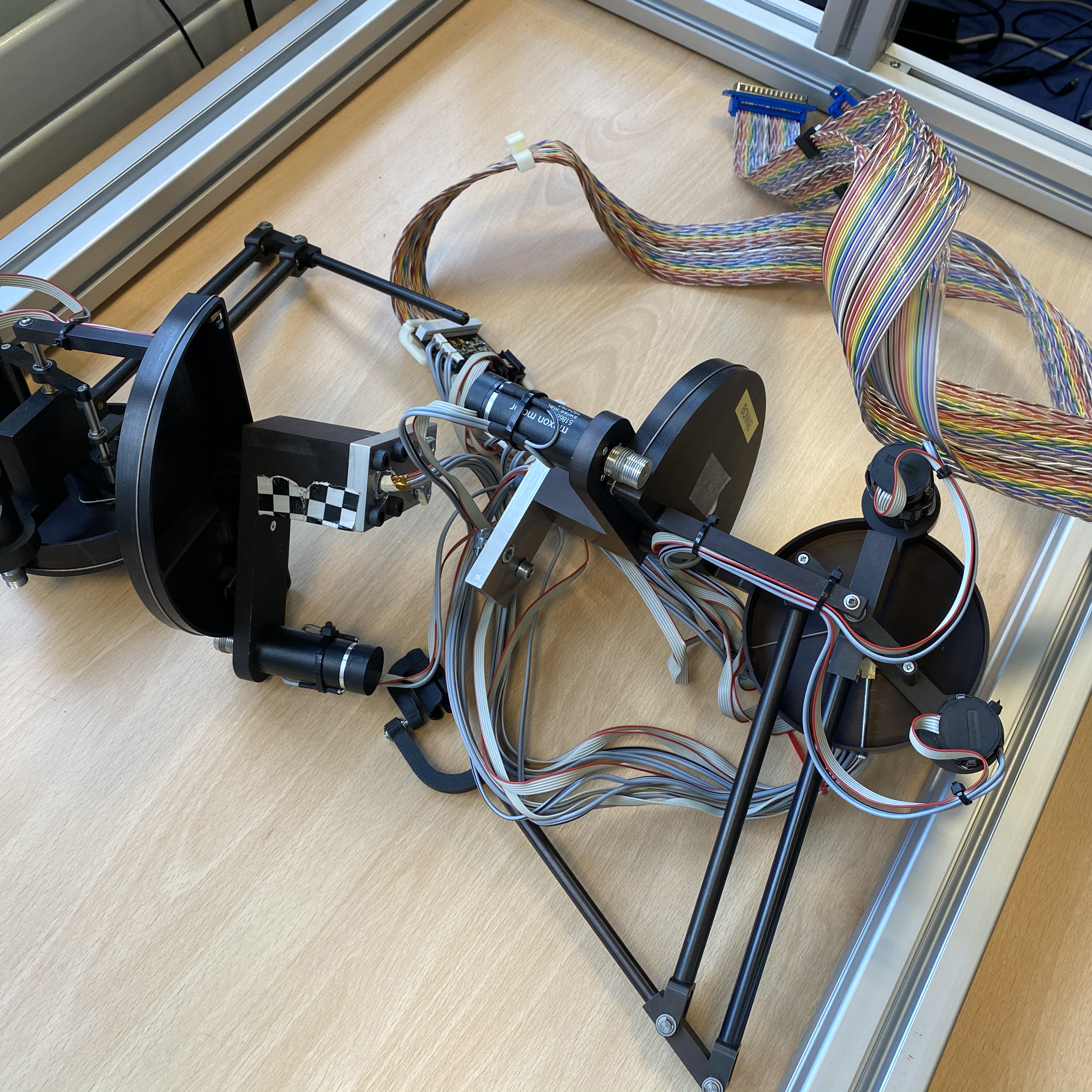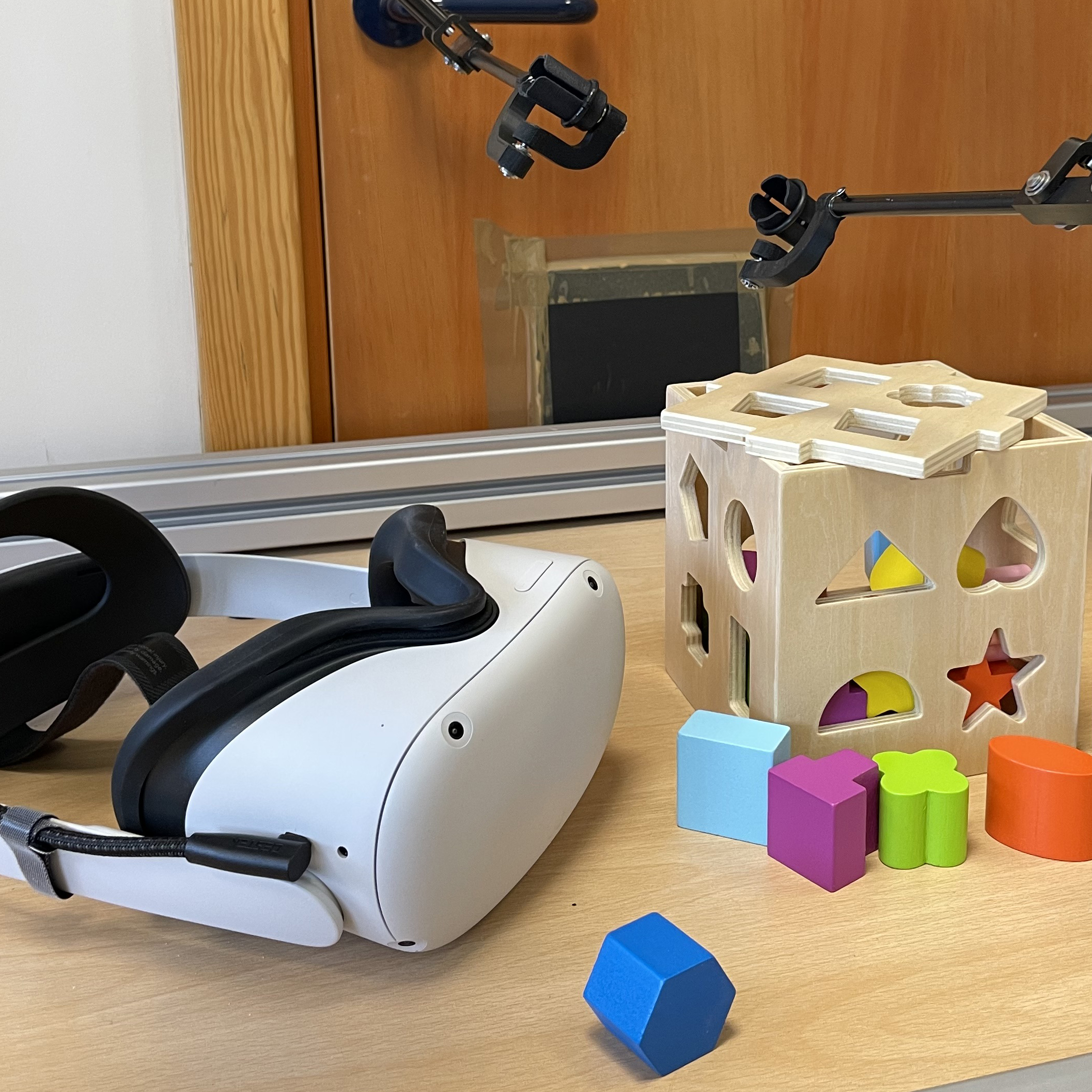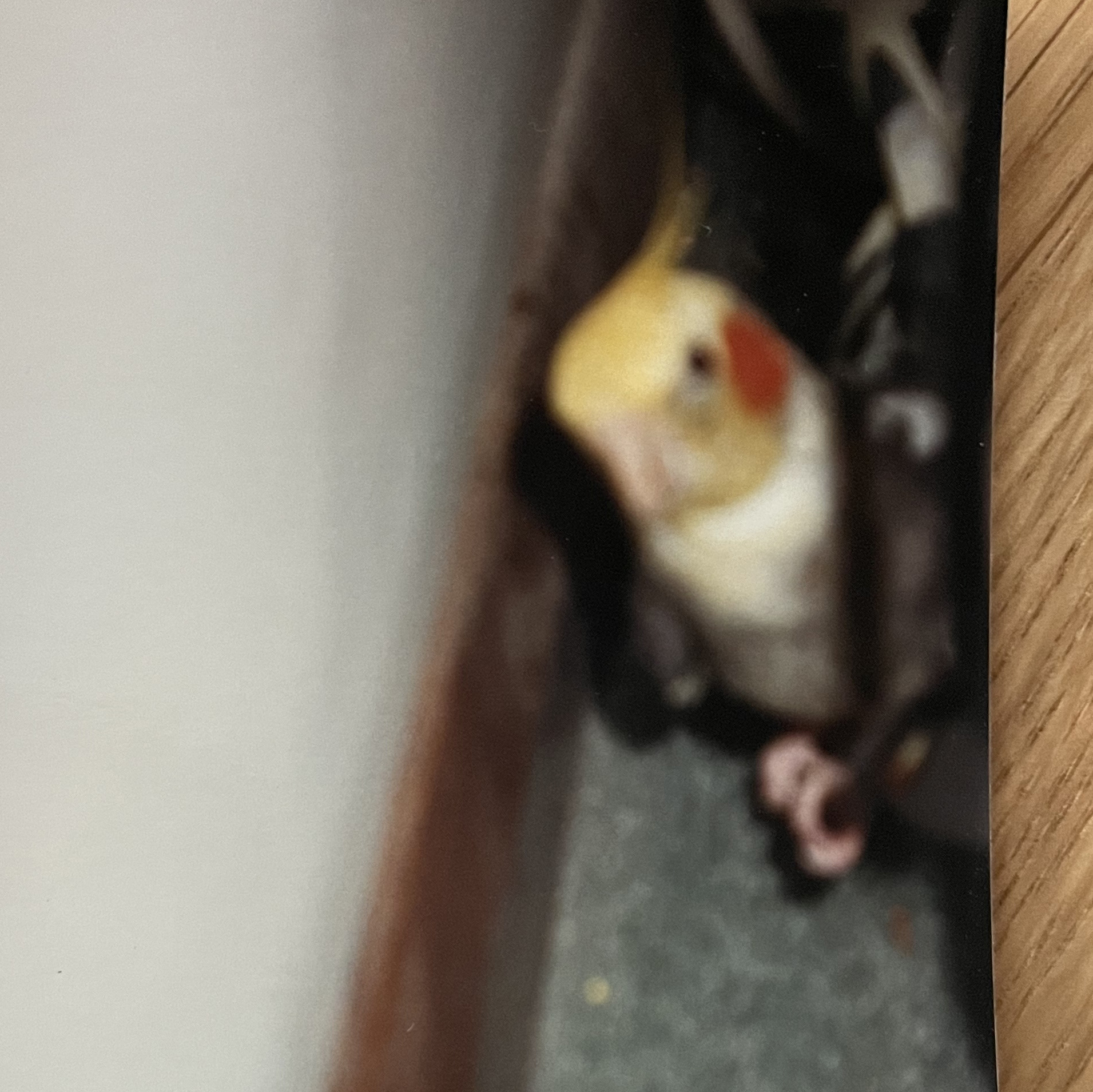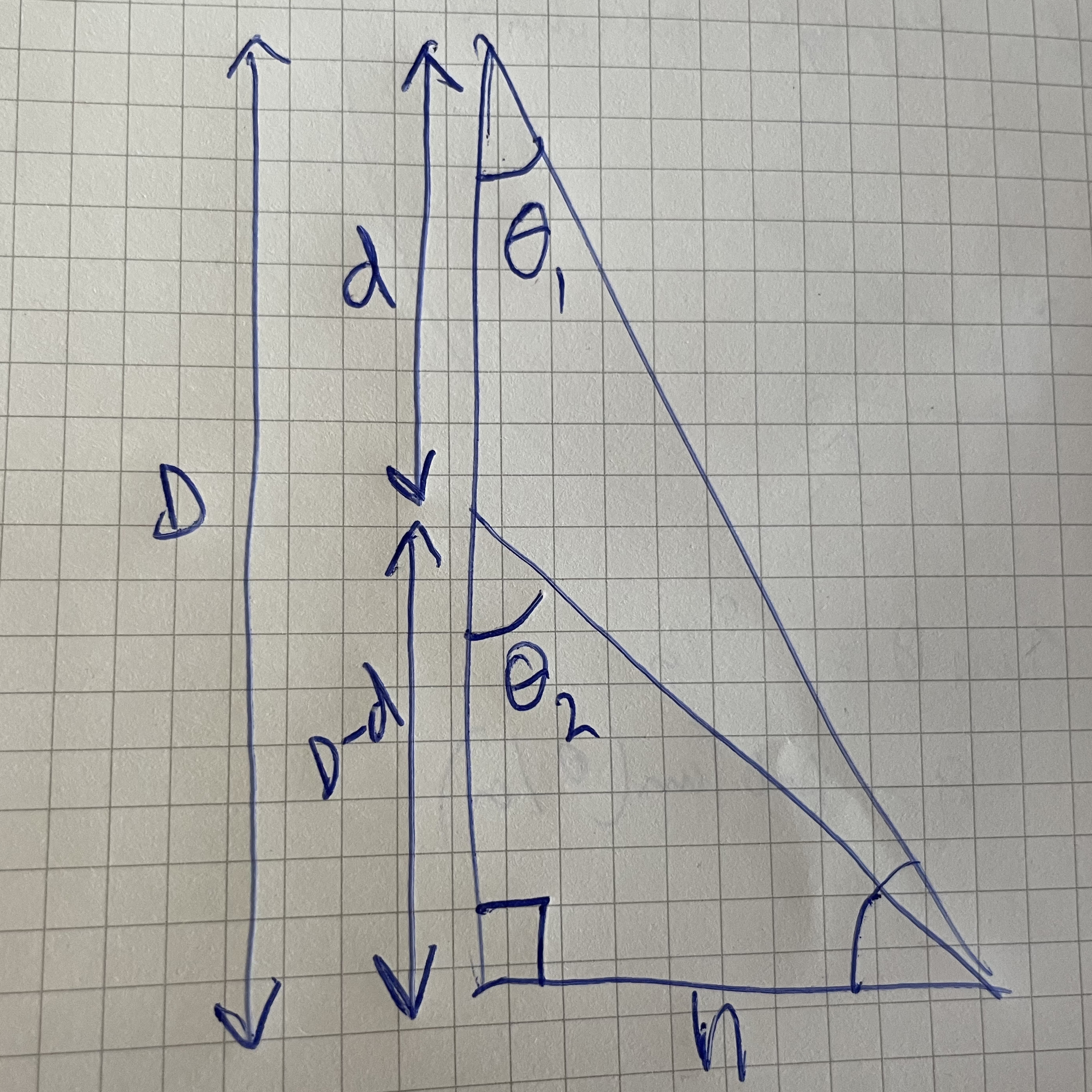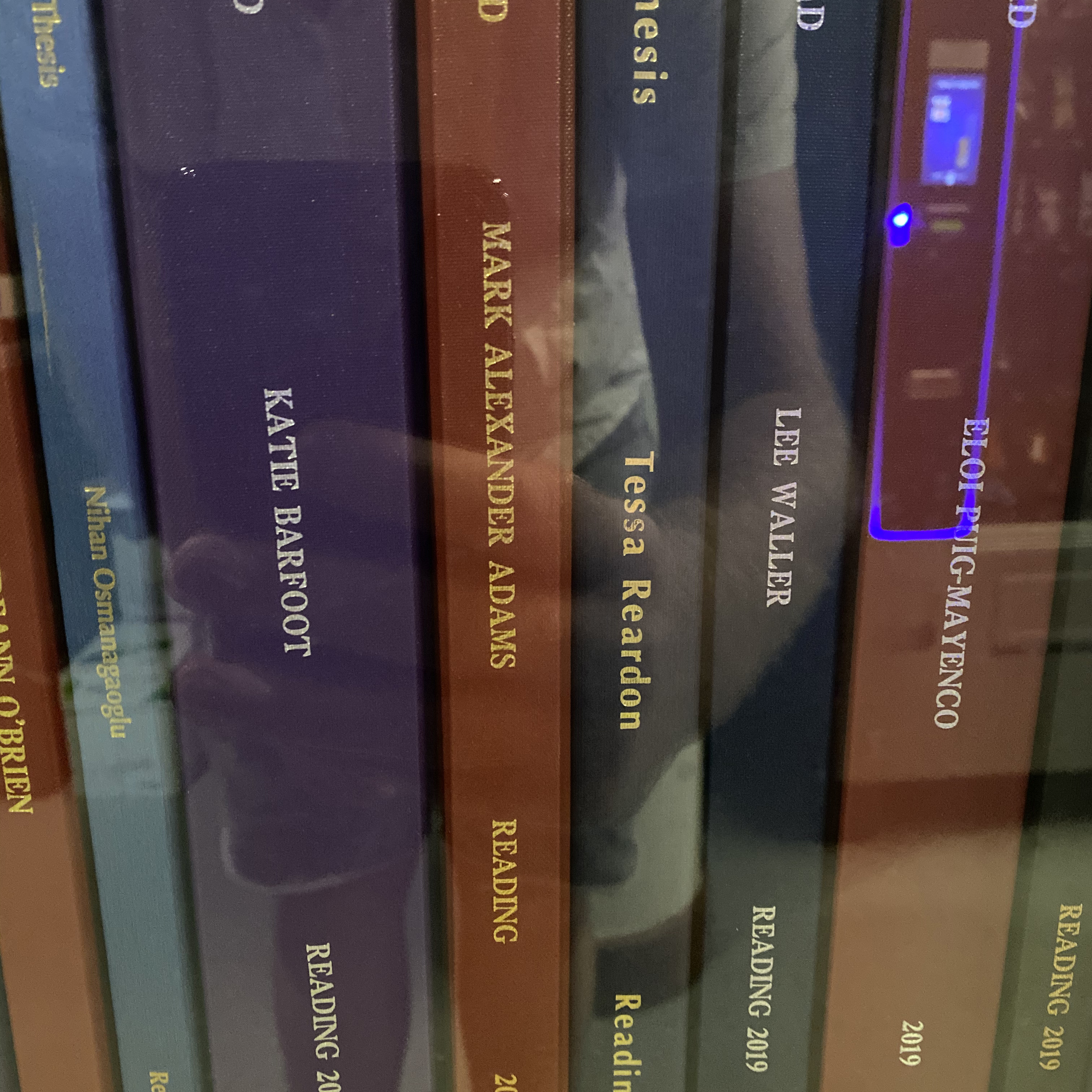Research
The focus of research in the lab is the interface between technology, engineering, and perceptual psychology. A specific emphasis of our research is virtual reality and haptic robotics. Work in the lab shows the close interplay between core understanding of sensory perception and the solutions to critical applied real-world problems.
One of the primary research areas in the lab utlises a custom built bimanual virtual reality and haptic robotic system that we call "The Matrix" Click here to find out more.
The lab extensively collaborates with external industry partners such as RACE (Remote Applications in Challenging Environments, part of the UK Atomic Energy Authority), TOIA, Meta (Facebook Reality Labs), European Space Agency Rosetta Team, and Christie Hospital Manchester (NHS).
Below you will find a list of publications from the lab. You can also visit my Google Scholar profile.
Publications
Ranson, R., Hibbard P.B., Scarfe, P. and van Dam L.C.J (2025). Depth constancy and the absolute vergence anomaly. Vision Research, 108501, 1-10. pdf
Scarfe, P., Watcham, K., Clarke, A. and Roesch, E. (2024). A real-world test of artificial intelligence infiltration of a university examinations system: a "Turing Test" case study. PLOS ONE. link
Hibbard, P. B., Goutcher, R., Hornsey, R. L. Hunter, D. W. and Scarfe, P. (2023). Luminance contrast provides metric depth information. Royal Society Open Science. 10: 220567. pdf
McWilliam, A. and Scarfe, P. (2023). Oncology and the Metaverse. Clinical Oncology. 12-14. pdf
Field, D., Cracknell, R. O., Eastwood, J. R., Scarfe, P., Williams, C. M., Zheng, Y., and Tavassoli, T. (2022). High-dose Vitamin B6 supplementation reduces anxiety and strengthens visual surround suppression. Human Psychopharmacology: Clinical and Experimental. 1-16. pdf
Scarfe, P. (2022). Experimentally disambiguating models of sensory cue integration. Journal of Vision, 22(1), 5, 1-23. pdf
Scarfe, P. and Glennerster, A. (2021). Combining cues to judge distance and direction in an immersive virtual reality environment. Journal of Vision, 21(4), 10, 1-25. pdf
Hornsey, R., Hibbard, P. B. and Scarfe, P. (2020). Size and shape constancy in consumer virtual reality. Behaviour Research Methods, 1-12. pdf
Hibbard, P. B., van Dam, L. C. J. and Scarfe, P. (2020). The implications of interpupilary distance variability for virtual reality. International Conference on 3D Immersion (IC3D) 2020. 1-7. pdf
Scarfe, P. and Glennerster, A. (2019). The science behind virtual reality displays. Annual Review of Vision Science, 5, 529-547. link
Hornsey, R. L., Hibbard, P. B. and Scarfe, P. (2016). Binocular depth judgements on smoothly curved surfaces. PLOS One, 11 (11), 1-18. pdf
Hornsey, R. L., Hibbard, P. B. and Scarfe, P. (2015). Ordinal judgements of depth in monocularly- and binocularly-viewed photographs of complex natural scenes. Proceedings of the International Conference of 3D Imaging. pdf
Scarfe, P. and Glennerster, A. (2015). Using high-fidelity virtual reality to study perception in freely moving observers. Journal of Vision, 15 (9), 1-11. pdf
Scarfe, P. and Glennerster, A. (2014). Humans use predictive kinematic models to calibrate visual cues to three-dimensional surface slant. Journal of Neuroscience, 34 (31), 10394-10401. pdf
Johnston, A. and Scarfe, P. (2013). The role of the harmonic vector average in motion integration. Frontiers in Computational Neuroscience, 7(146). pdf
Scarfe, P. and Hibbard, P. B. (2013). Reverse correlation reveals how observers sample visual information when estimating three-dimensional shape. Vision Research, 86, 115-127. pdf
Scarfe, P. and Johnston, A. (2011). Global motion coherence can influence the representation of ambiguous local motion. Journal of Vision, 11(12), 1-11. pdf
Scarfe, P. and Hibbard, P. B. (2011). Statistically optimal integration of biased sensory estimates. Journal of Vision, 11(7), 1-17. pdf
Scarfe, P. and Johnston, A. (2010). Motion drag induced by global motion Gabor arrays. Journal of Vision, 10(5), 1-15. pdf
Scarfe, P. and Hibbard, P. B. (2006). Disparity-defined objects moving in depth do not elicit three-dimensional shape constancy. Vision Research, 46, 1599-1610. pdf
Submitted / preprints
Scarfe, P. and Hibbard, P. B. (submitted). A Bayesian model of distance perception from ocular convergence. See poster.
Manuscripts in preparation
Adams, M. A., Scarfe, P. and Glennerster, A. (in prep). Combining visual and proprioceptive cues to improve the discrimination of object location.
Scarfe, P., Gootjes-Dreesbach, L. and Glennerster, A. (in prep). Sensory cues used to determine 3D world stability. See poster and poster.
Scarfe, P. (in prep). Learning Psychtoolbox with the Psychtoolbox tutorials. See the tutorials here.
Gootjes-Dreesbach, L., Scarfe, P. and Glennerster, A. (in prep). Detecting 3D location change in the presence of grouping cues. See poster.
Book reviews / other
Scarfe, P. (2004). Sight unseen: An exploration of conscious and unconscious vision. Perception, 33, 1400-1402. pdf

